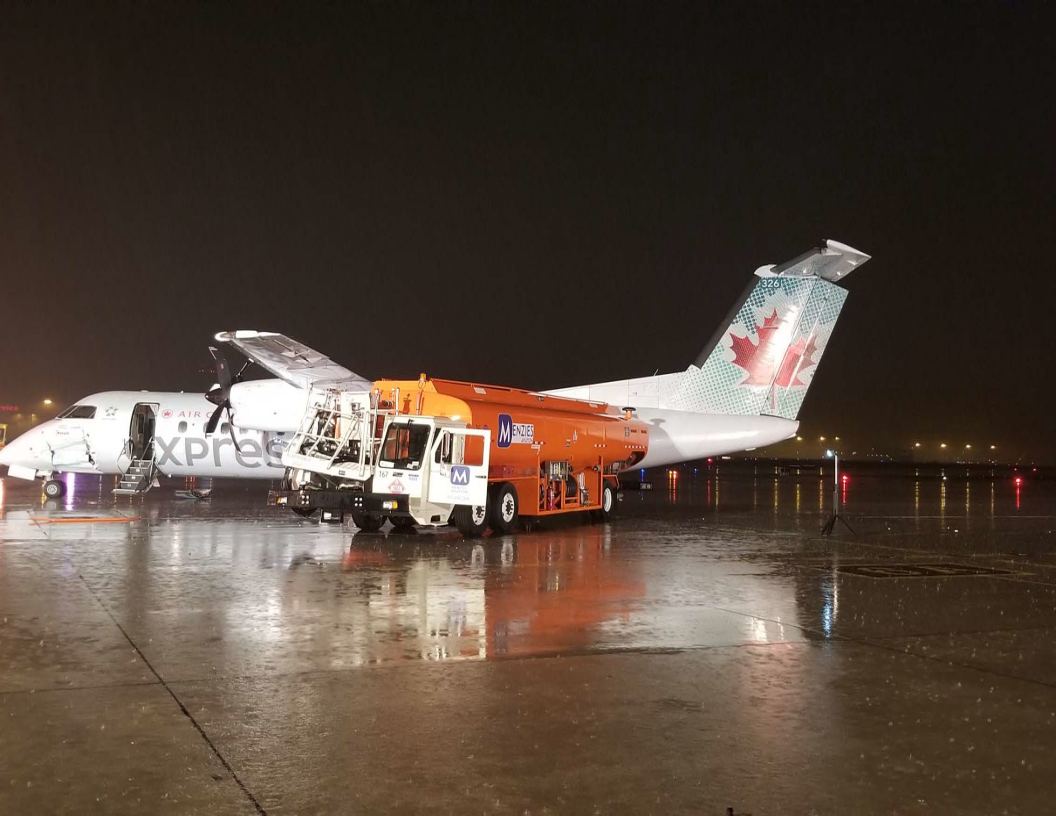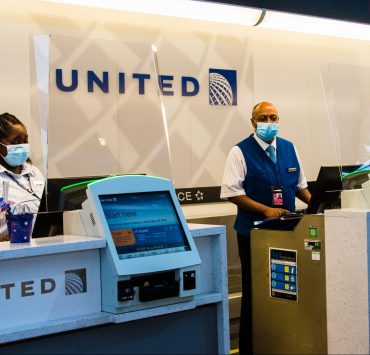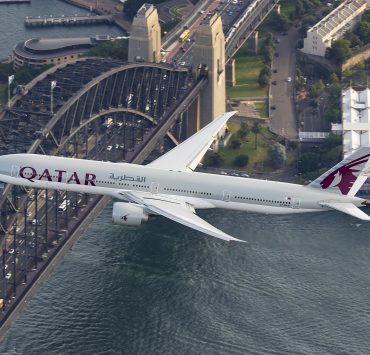
A flight attendant initiated the emergency evacuation of a regional aircraft with 52 passengers, including three young infants onboard, in part because of pressure from panicked passengers which included verbal threats from at least one of those onboard. Fifteen passengers and crew, including one of the young infants, sustained minor injuries during the evacuation which was prompted after a fuel tanker collided with a taxiing de Havilland DHC-8-311 aircraft in Air Canada Express livery but operated by Jazz Aviation.
Safety investigators from the Transportation Safety Board of Canada have blasted some of the passengers onboard the May 10, 2019 flight saying some completely ignored instructions from the sole flight attendant onboard the aircraft, slowed down the evacuation by stopping to collect their hand luggage and even attempted to get back on the plane after the evacuation.
In total, it took around two and a half minutes to complete the evacuation – far longer than the internationally recognised 90-second standard that safety regulators say commercial passenger planes should be evacuated within.
The incident unfolded after flight JZA8615 from Toronto Pearson to Sudbury Airport in Ontario was forced to return to Toronto because of bad weather conditions at the destination airport. After landing in the early hours of the morning, the plane started to taxi to its stand but collided with a fuel tanker that was crossing the taxiway.
The collision spun the aircraft 120 degrees before it came to a stop on the taxiway. As the Captain assessed the situation, the flight attendant instructed passengers to remain seated and stay calm. At this point, there was no imminent threat to life.
Some passengers, however, immediately ignored the flight attendant, unfastened their seatbelts and stood up. Two passengers near the rear of the plane opened a self-help exit and jumped from the exit despite the fact that the propellers were still turning and were, in fact, putting themselves in more danger.
The two passengers were injured because they failed to follow the proper evacuation technique outlined on the passenger safety card.
“Many passengers ignored the instructions from the flight attendant to remain seated and calm; some were gathering their bags from the overhead compartments, and some were escalating the panic by yelling that they needed to get out of the aircraft” the final report into the accident concludes.
The flight attendant was initially instructed to carry out a ‘rapid deplanement’, which is one step below an emergency evacuation. But when she opened the front left-hand door and smelt fuel, and with increasing pressure from passengers, she decided to initiate an emergency evacuation instead.
During the evacuation, some passengers lingered around the exit while others completely ignored commands from the flight attendant to leave personal belongings behind. One passenger even climbed back onto the aircraft to retrieve hand luggage. Others attempted to do the same.
One passenger at the front of the aircraft was injured after unfastening her seatbelt shortly before the collision and ignoring flight attendant commands to refasten her belt. The passenger was thrown from her seat and lay injured on the floor. As a result, the flight attendant could get access to the window to assess the danger outside the plane.
Safety investigators said the actions of some of the passengers had increased the risk of injury and death. The report also concluded that lap infants are currently being placed at undue risk because there is no requirement to provide a child-restraint system that offers the same level of protection as that offered to adults.
The flight attendant was found to have acted in accordance with her training.
Mateusz Maszczynski honed his skills as an international flight attendant at the most prominent airline in the Middle East and has been flying throughout the COVID-19 pandemic for a well-known European airline. Matt is passionate about the aviation industry and has become an expert in passenger experience and human-centric stories. Always keeping an ear close to the ground, Matt's industry insights, analysis and news coverage is frequently relied upon by some of the biggest names in journalism.









